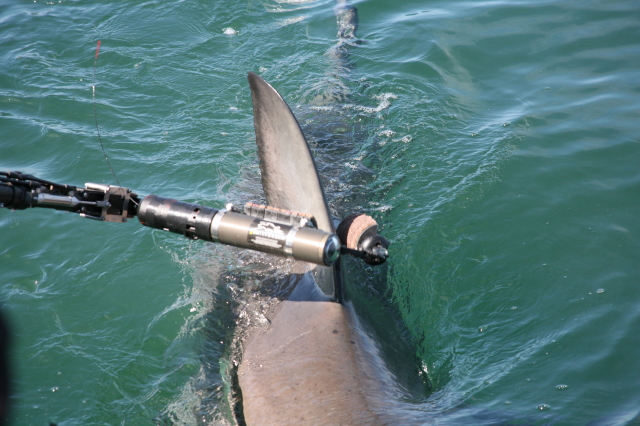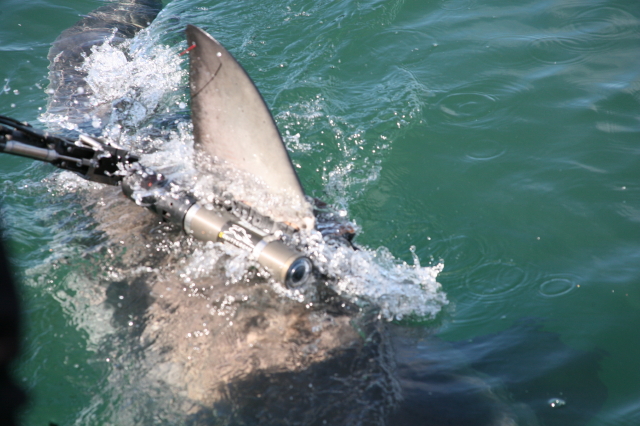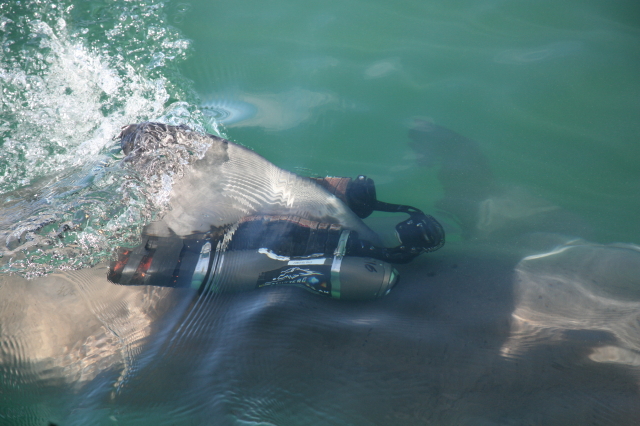Prototype machinist uses Tormach Personal CNC Mills to help National Geographic researchers study shark behavior. Some of the best innovation is spurred from the simplest ideas. When biologist, Greg Marshall, was looking to get a more in-depth look at how marine animals behave he stumbled on a suckerfish hitching a ride on a shark’s belly. Using the suckerfish as inspiration, Marshall developed the Crittercam, which provides a point of view from the animal’s perspective. After being funded by National Geographic, the Crittercam has been used by more than 30 groups in government and academia.
When filming wildlife, especially without the presence of a human videographer, robustness of the camera equipment is vital. Also, when dealing with different sizes and shapes of animals, cameras need to be mounted differently and adapted to each creature for deployment. With the Crittercam’s robustness and modularity, machining components is easily the simplest route to making parts. A typical assembly consists of 17 machined parts, as well as an array of off-the-shelf components.
Read: Crittercams on CNN
These 17 parts are highly specialized and are outsourced to Frank Borke’s machine shop, Master Pattern. Borke machines all non-stock parts for Crittercam deployment poles and floats for the camera on his PCNC 1100, while National Geographic adds off-the-shelf parts and assembles the pole. 
Borke puts a lot of value in his PCNC 1100’s size and power use, saying, “I’ve had machining centers from major manufacturers, but I replaced them with a Tormach to get away from expensive three-phase power so I could have a smaller, more portable shop and move to an outbuilding on my property.”
The Crittercam components have to be precise and the housings are produced out of either aluminum (depths to 1,000 m) or titanium (depths to 2,000 m). Borke bases his business on low-volume, specialized runs, which made him a perfect fit for Crittercam production.
Now, Crittercams are providing point-of-view footage for National Geographic on everything from sharks and turtles to terrestrial animals, like lions and grizzly bears. Read more about how Borke and National Geographic are utilizing a PCNC 1100 to study sharks: National Geographic's Critter Cam: Using CNC to Study Shark Behavior 



